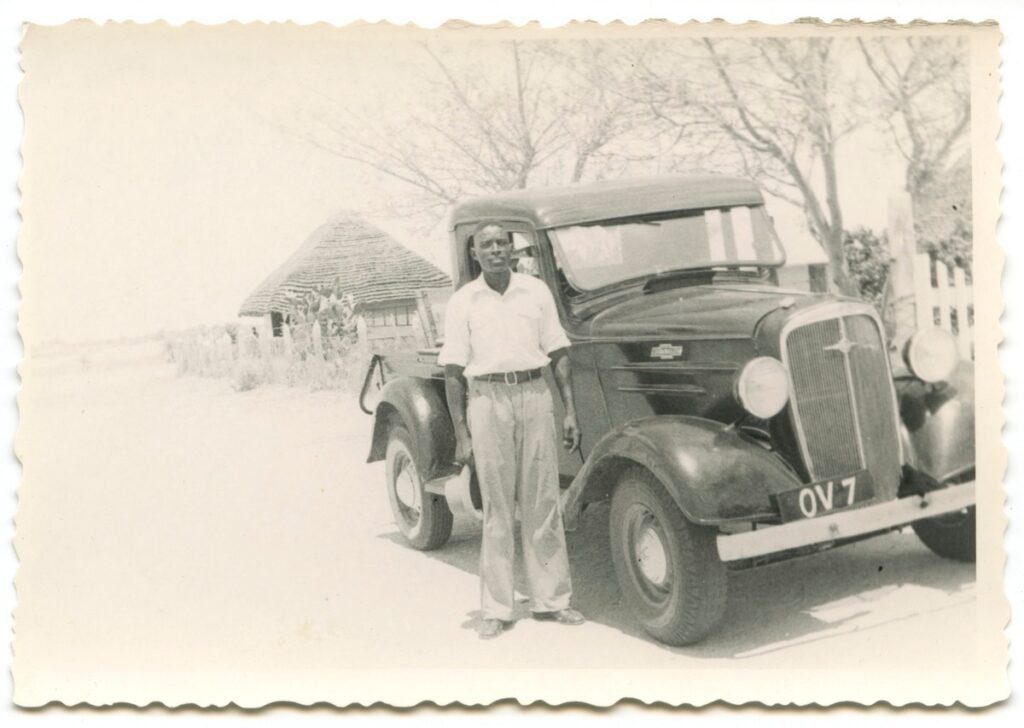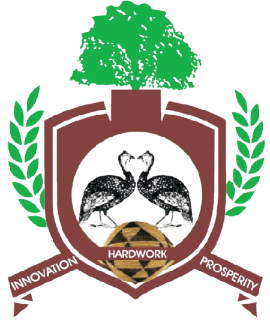History
Oniipa Town is named after an African Ebony tree, which according to oral history served as a tannery that bears fruits of thick skins, hence the name Oniipa (a place with skins/hides). Oniipa was established by the Finnish Mission Society in 1872. It boasts of the first Hospital in Namibia known as Onandjokwe Lutheran Hospital established in 1911 by Dr Selma Rainio (Gwanandjokwe). The first nursing school in Namibia was established by Kuku Gwanandjokwe in 1930 at Oniipa Mission Station. The first Teachers Seminary was established in Oniipa on 18 June 1913. Oniipa is home to the Evangelical Lutheran Church in Namibia (ELCIN), and its printing press which opened its doors to the public in 1901. The first pastors’ seminary was founded in Oniipa in 1923.
Oniipa is enriched with many of the heritage structures and objects. The oldest structures built in mud bricks and stylish architectural designs are found in Oniipa Town. This represents a significant attraction to tourists and perpetual travelers. Preservation and restoration of these heritage structures is a vital component of urban recapitalization efforts. Heritage buildings and objects cultivate pride of our past and making us unique in the world. As singled out, we have seen greater potentials on heritage structures as enormous attracts of tourists. Everyone likes to experience the “spirit” of the place, which is mostly presented by its architecture. Therefore, these historic niches will make one think of any decaying oldie not as an object of demolition but as an opportunity of reborn and contribution to the local economy and wellbeing of the inhabitants.
Prior to upgrading to a town on 30 April 2015, Oniipa operated as a Settlement Area under Oshikoto Regional Council since 15 January 2004. Prior to that, the area was being administered by the Ondonga Traditional Authority. As a local authority, Oniipa Town Council is accountable for the good urban governance of the town for the government Republic of Namibia and its people including all the people residing within its area of jurisdiction.

Dr Selma Rainio (Gwanandjokwe)
Our History in Pictures
Tourism
Oniipa is not just a historic and investment district but an incredible place to enjoy a great vacation too. The town has a lot to offer the discerning traveler with plenty of things to see and do. After all, Oniipa is the only town in Namibia with an open Medical Museum with plenty to boast in terms of tourist attractions. The Medical Museum out to definitely be on your list of things to do in Oniipa. The museum is located within the Onandjokwe Hospital, the first hospital in the whole northern Namibia and has everything you would like to know about the health care in the 18th century, the up-surge and descent of the country’s era of oppression and segregation.
One of the most prestigious and amazing tourist itinerary route of attraction item in Oniipa is a Sauna. Saunas are generally only found in luxury spas, and so popular in their native country Finland. This is the most unique and historic sauna you can visit in Oniipa and not anywhere else in Namibia. Still carrying most of its old charm, the sauna offers birch twigs for visitors to bit against the skin in order to improve circulation and even continues to offer old-fashioned bloodletting. It has a much more casual and laid-back atmosphere than high-class spas and is a good place to relax and experience an authentic Finnish Sauna.
Nakambale Museum is one of the ideal places to use as a base to head off on a safari on the outskirts of the town for a close and personal encounter with a variety of Finnish Missionary Heritage Sites and objects. A tour to the village, Oshiwambo Traditional House (living museum) allow you to see traditional activities.

Here are interesting facts of the first car in the northern Namibia.
1. In the 1940s, a 1935 model Chevrolet 3/4 ton pick-up was based at Onandjokwe.
2. It was the only motorized vehicle in Oniipa-Onandjokwe at that time.
3. The Finns called the vehicle Mustamaija because it was black in color; in the old days, a police van was called Black Maria. This vehicle chassi still exist to this day and is located in Oniipa, Namibia
